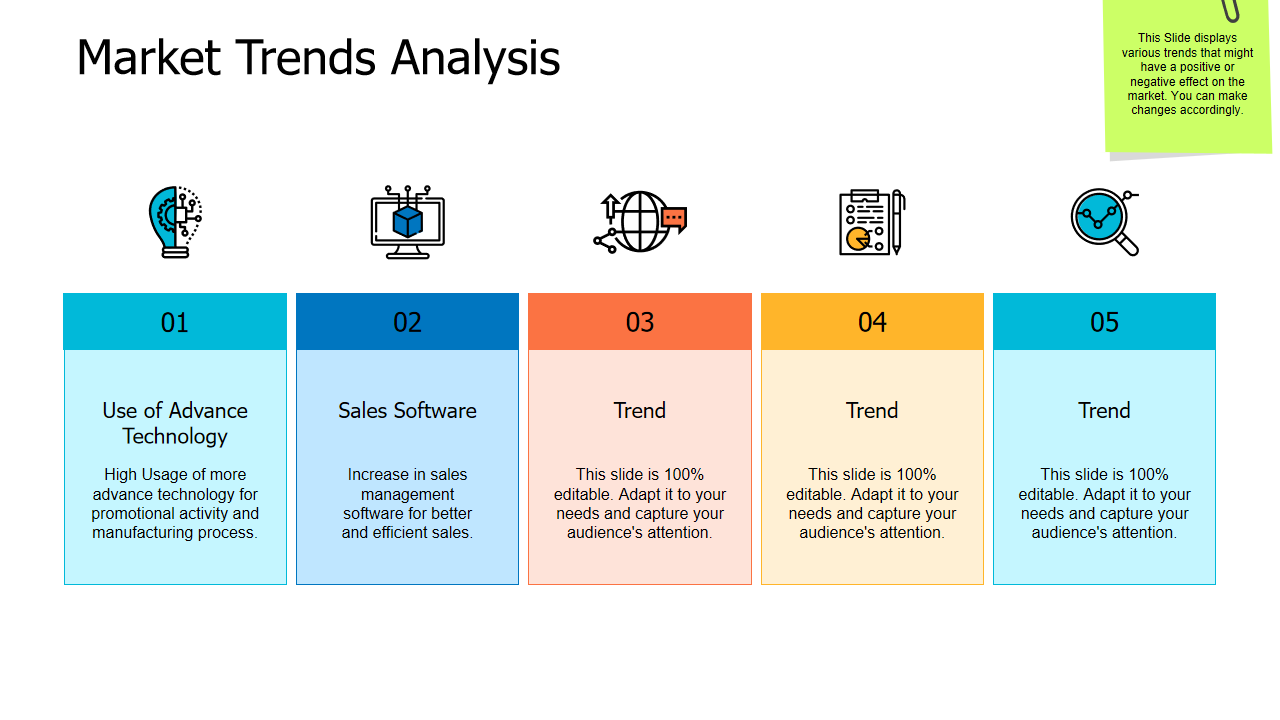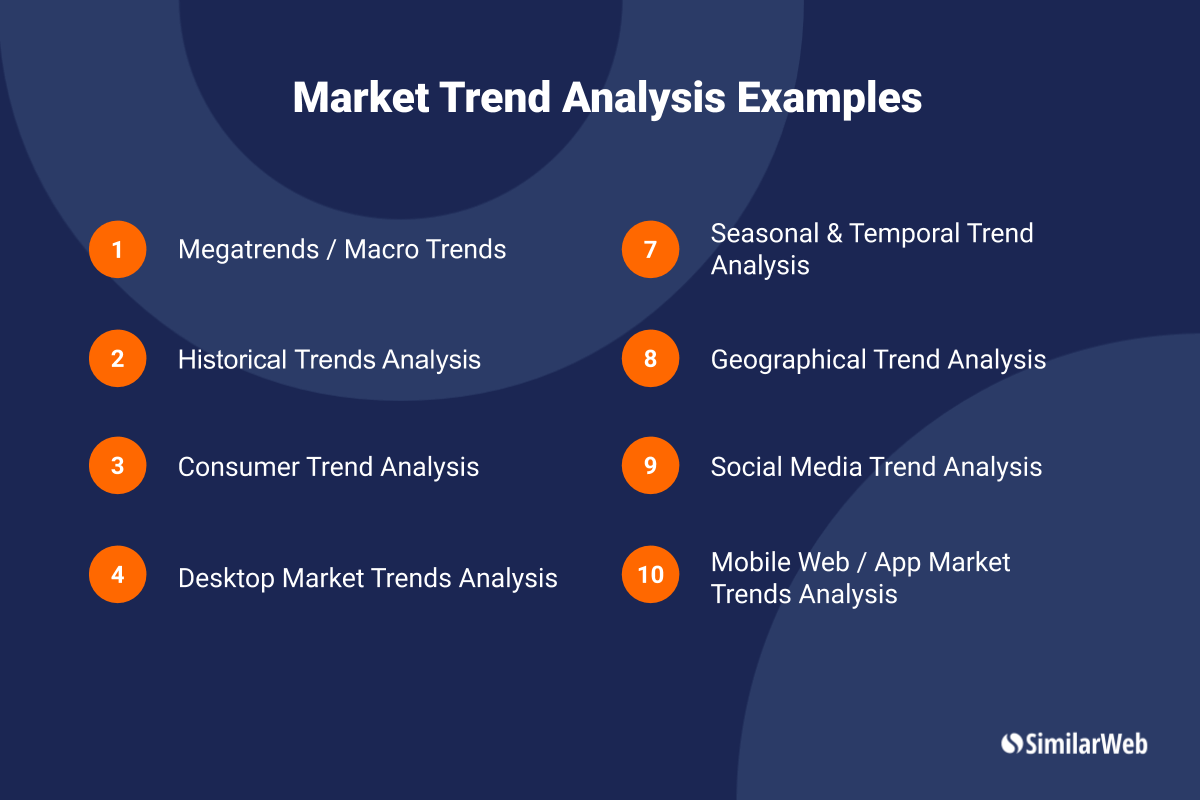Factors influencing market trends

Market trends are influenced by a variety of factors that shape the direction and movement of different industries. These factors can range from economic indicators to consumer behavior, all playing a crucial role in determining the overall trend of the market.
Economic Indicators Impact
- Economic indicators such as GDP growth, inflation rates, and unemployment figures have a significant impact on market trends. For example, a strong GDP growth rate can lead to increased consumer spending and investment, resulting in a bullish market trend.
- Interest rates set by central banks also play a crucial role in influencing market trends. Changes in interest rates can affect borrowing costs for businesses and consumers, impacting their spending behavior and overall market sentiment.
- Global economic factors like trade policies, geopolitical events, and currency fluctuations can also influence market trends, especially in interconnected and globalized markets.
Consumer Behavior Role
- Consumer behavior is another key factor that shapes market trends. Shifts in consumer preferences, buying patterns, and sentiment can impact the demand for certain products or services, leading to changes in market trends.
- Technological advancements and innovations can also influence consumer behavior, creating new market trends as people adopt new technologies and products in their daily lives.
- Social and cultural factors, including demographic changes and lifestyle trends, can also play a role in shaping market trends by influencing what consumers value and prioritize in the market.
Methods for analyzing market trends

Analyzing market trends involves a combination of quantitative and qualitative methods to gain a comprehensive understanding of the market dynamics. Data visualization plays a crucial role in interpreting these trends effectively.
Quantitative methods
Quantitative methods involve the use of numerical data and statistical analysis to identify patterns and trends in the market. This includes techniques such as regression analysis, correlation studies, and time series analysis. By crunching numbers and analyzing data points, analysts can uncover valuable insights into market behavior and make informed decisions.
Qualitative techniques
Qualitative techniques focus on understanding the underlying factors driving market trends. This includes methods such as surveys, interviews, and focus groups to gather subjective insights from consumers, industry experts, and other stakeholders. Qualitative data helps in deciphering consumer preferences, market sentiments, and emerging trends that may not be captured by quantitative data alone.
Importance of data visualization
Data visualization plays a critical role in analyzing and interpreting market trends by presenting complex information in a visual format that is easy to understand. Charts, graphs, and dashboards help in identifying patterns, outliers, and correlations within the data, enabling analysts to communicate their findings effectively. Visual representations enhance decision-making processes and facilitate the identification of key market trends for strategic planning.
Technology’s impact on market trend analysis

Technology, particularly artificial intelligence (AI) and machine learning, has revolutionized the way market trends are analyzed. These advanced technologies have enabled businesses to make more informed decisions based on data-driven insights, leading to improved strategies and outcomes.
The role of AI and machine learning
AI and machine learning algorithms have the capability to process vast amounts of data at incredible speeds, identifying patterns and trends that human analysts may overlook. By utilizing these technologies, businesses can uncover valuable insights from complex datasets, enabling them to predict market trends with greater accuracy.
- AI-powered algorithms can analyze consumer behavior, market conditions, and competitor strategies to identify emerging trends and opportunities.
- Machine learning models can adapt and learn from new data, continuously improving their predictive capabilities over time.
- Automation of data analysis tasks frees up human analysts to focus on strategic decision-making and creative problem-solving.
AI and machine learning have the potential to transform market trend analysis by providing businesses with actionable insights and competitive advantages.
The significance of big data
Big data plays a crucial role in predicting future market trends by providing a wealth of information that can be analyzed to identify patterns and correlations. By leveraging big data analytics, businesses can gain a deeper understanding of market dynamics and consumer behavior, enabling them to anticipate shifts in demand and adjust their strategies accordingly.
- Big data analytics tools can process large volumes of structured and unstructured data from various sources, including social media, online transactions, and customer feedback.
- By combining data from different sources, businesses can gain a comprehensive view of market trends and consumer preferences, enabling them to make data-driven decisions.
- Predictive modeling techniques can forecast future market trends based on historical data, helping businesses to proactively respond to changing market conditions.
Big data analytics empowers businesses to make informed decisions by identifying market trends and opportunities that may not be apparent through traditional analysis methods.
Social media analytics and consumer preferences
Social media analytics has become increasingly important in understanding consumer preferences and market trends. By monitoring social media platforms, businesses can gain valuable insights into consumer sentiment, preferences, and behaviors, allowing them to tailor their marketing strategies and product offerings to meet customer demands.
- Social media listening tools can track mentions, comments, and conversations related to a brand or industry, providing real-time feedback on consumer perceptions and trends.
- Data gathered from social media can be analyzed to identify emerging trends, influencers, and consumer sentiment, helping businesses to stay ahead of the curve.
- By leveraging social media analytics, businesses can engage with customers directly, gather feedback, and build relationships that drive brand loyalty and sales.
Social media analytics offers businesses valuable insights into consumer preferences and market trends, enabling them to develop targeted marketing campaigns and products that resonate with their target audience.
Global Market Trends
Global market trends vary significantly across different regions of the world due to a variety of factors such as economic conditions, consumer behavior, and geopolitical influences. Understanding these trends is crucial for businesses looking to expand internationally and capitalize on emerging opportunities.
Regional Market Contrasts
- North America: Known for its innovation and technological advancements, North America tends to have fast-paced market trends driven by consumer demand for the latest products and services.
- Europe: European markets are often characterized by a strong focus on sustainability and environmental responsibility, influencing consumer preferences and shaping market trends.
- Asia-Pacific: With a rapidly growing middle class and increasing urbanization, Asia-Pacific markets are experiencing a shift towards e-commerce and digitalization, impacting market trends in the region.
- Middle East and Africa: These regions are seeing increased investment in infrastructure and energy projects, leading to unique market trends driven by government initiatives and foreign partnerships.
Political Influence on Global Market Trends
Political factors play a significant role in shaping global market trends, as government policies, trade agreements, and geopolitical tensions can impact consumer confidence, investor sentiment, and overall market stability. For example, changes in leadership, trade tariffs, and international relations can create uncertainty in the market and influence consumer behavior and business decisions.
Globalization and International Market Trends
Globalization has had a profound impact on shaping international market trends by increasing market interconnectedness, facilitating cross-border trade, and enabling the spread of ideas and innovations worldwide. As a result, businesses are increasingly looking beyond their domestic markets to capitalize on global opportunities and adapt to changing consumer preferences and competitive landscapes.